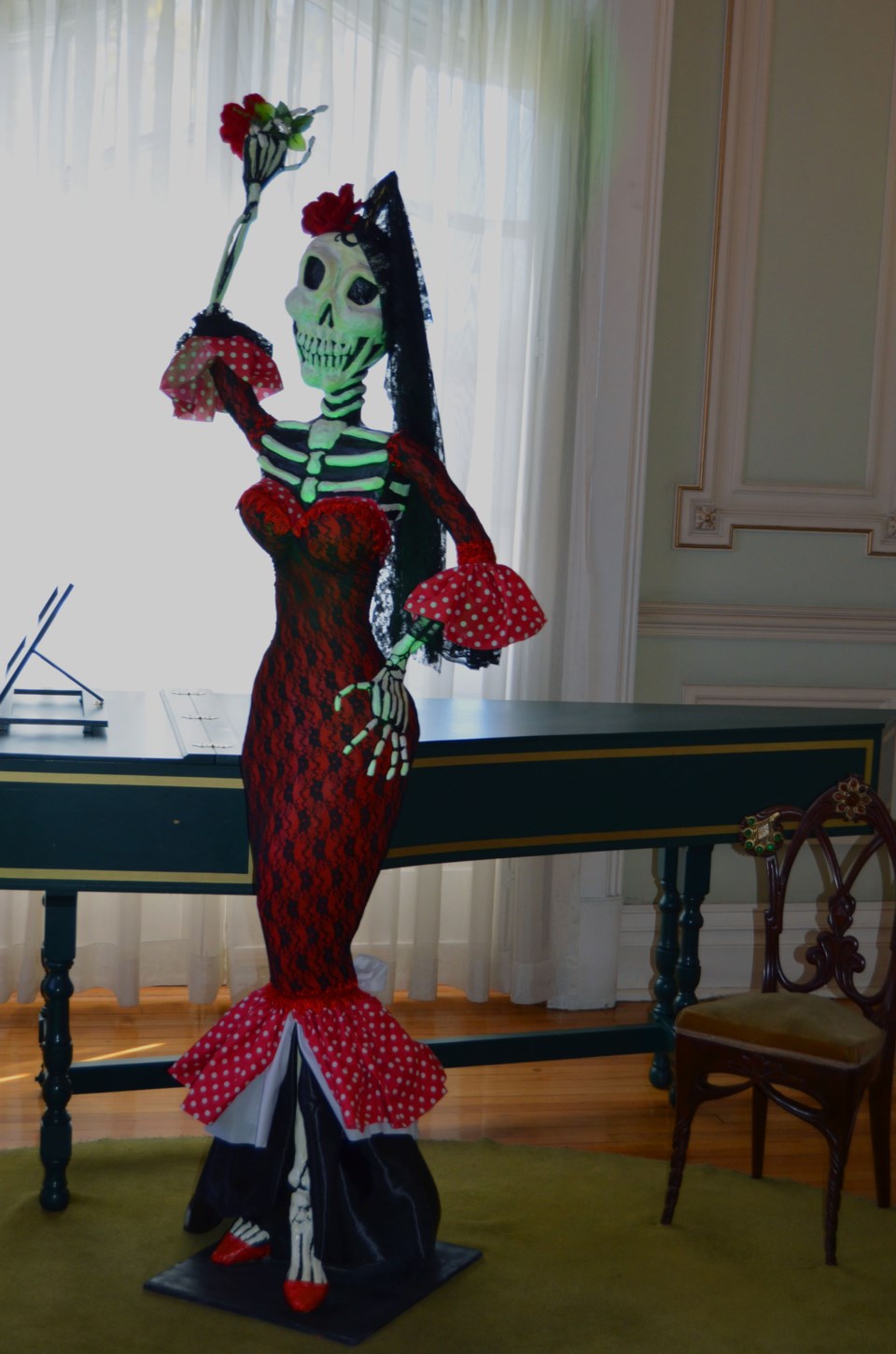Being a closet anti-fashionist and rebelling against dress codes, I nonetheless was interested in listening to a radio piece about how clothing of 20 years ago is now coming back into fashion. It seems there is a 20-year cycle for style. Checking my closet, I found some now-fashionable glad rags of two fashion eras past. What I thought were old shirts were in fact, vintage shirts, one white one even requires cuff links!
It has been my keen observation that men and women approach the clothing fashions in polar opposite views. There are some chaps who prefer the other approach to wearing clothes but generally we men like to buy say three good shirts, wear and wash them to bareness, throw them out and start over again. Women, generally and carefully speaking, like to wear something new one or two times and then hang it gently in the closet until her best friends forget that she wore it on such and such an occasion and then bring it out for another wearing.
Economically, these two clothes-wearing methods do work out about the same except that the woman needs approximately three times the closet space as a man. Home builders are very aware of this phenomenon. How many of you males have a walk-in closet? Okay, Dave is an exception and may have his apparel arranged by season, colour, the 20-year style renewal, and environment (business, semi-formal, formal, casual, and sports).
It was the ‘environment’ thing that piqued my interest in the aforementioned radio interview. The fashionista, when asked what she was wearing at that moment (they were discussing high-heeled shoes which I never wore, except that one time), said she was wearing her country clothes as she had an assignment in the country that day. I’m thinking checkered shirt, jeans, straw hat, rubber boots and maybe red neckerchief around her throat. Apparently, this person has clothes for the country and clothes for the city, and I’m thinking, I bet she has different clothes for Toronto and Montreal, having seen myself how les femmes dress so chicly in Montreal.
In these days of political correctness, I wondered what this freelance reporter was thinking: how could she dare to dress up in ‘country’ clothes, appropriating the traditional farm wear? How would she feel if the farmers and their helpers at the Saturday market, dressed in citified suits with ties and Hermes head scarves when standing behind a display of potatoes, carrots, and kale? Embarrassed that they only had their Saturday morning market clothes on?
All of which started me thinking about the wearing of ‘distressed’ clothing by the Y and Z generations. What do the street people, the homeless and the indigent people think when they see ‘rich’ people wearing their clothes: second-hand, Charity-store, found, torn, ill-fitting, well past the best before date rags that hardly keep them warm or dry? What do they think when they see someone in ‘distress wear’ stepping out of their fine automobile, wearing bling above the torn jeans? Perhaps the same feeling of despair when they see a fellow step from a limo dressed in a fine tailored suit? Maybe they do not care because of other immediate concerns, but I hope they do not feel denigrated by rich young folk mocking them in their old, poor, torn clothing.
Back in my closet, I was looking at my ties. Ties are the only thing I have that go back two style eras. Well, there is that black suit that still fits and I keep it for weddings and funerals only, the colour befitting both occasions, but old ties I have – wide ones, narrow ones, long ones, short ones, floral patterns, solid colours (including some nice pastels), Christmas ties, a green Saint Paddy’s Day motif, a tie that looks like a fish (salmon), diagonally striped ones as well as a selection of bow ties and one cowboy string tie.
I can see several of my female readers wondering why a man who keeps hardly any older clothes in his small closet would keep so many ties. It is the knots. The fabric, the thickness, and the cut (narrow / wide) determine, in part, what knot one uses to affix the tie around your neck. For casual occasions that require a jacket and tie, the four-in-hand knot is acceptable. Semi-formal parties require you use the half-Windsor, while formal dress requires the full Windsor, if not the usual bow tie (black, red or white).
My rich aunt used to say that clothes make the man but, in our family, it was first up, best dressed. There was no dress code problem for me today as I was doing yard work after I had my two coffees and checked my email. I would be wearing my ‘farmer's’ outfit – still stylish after 20 years.



